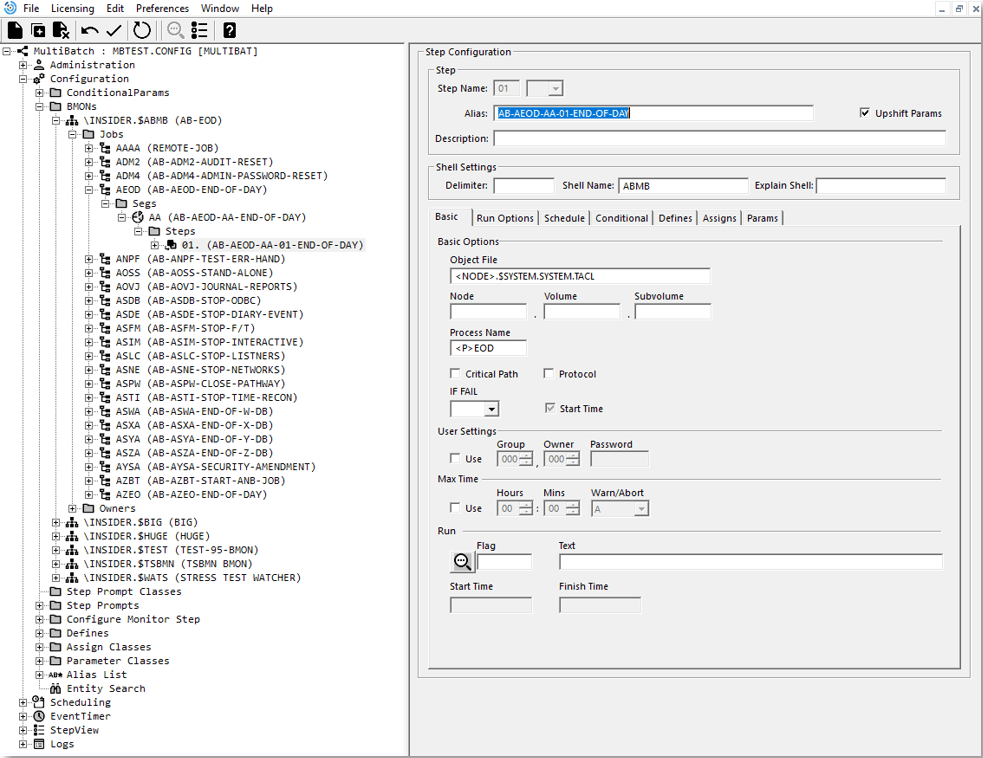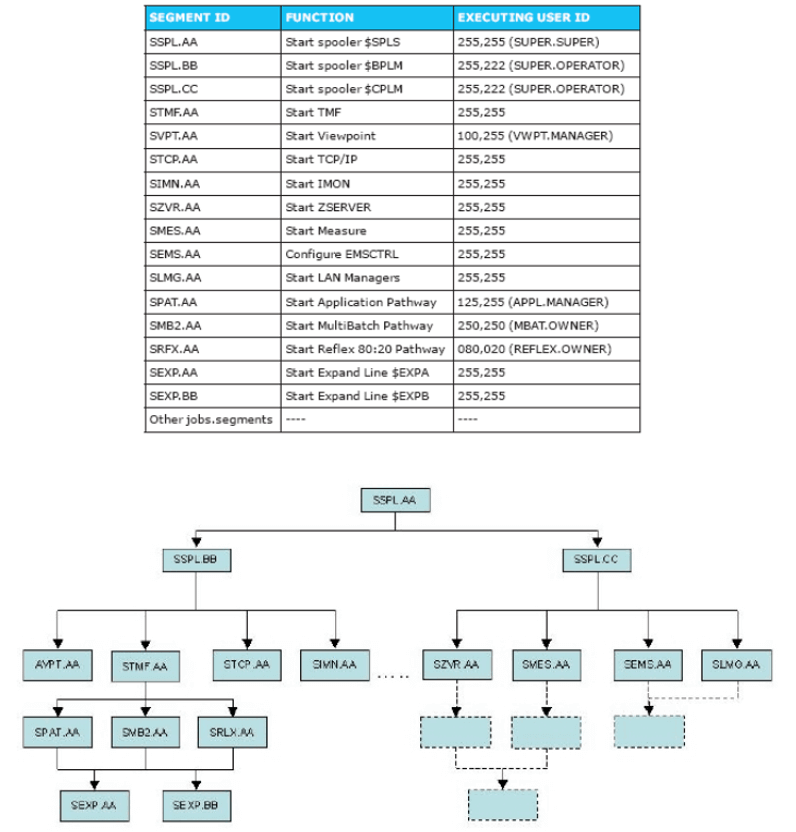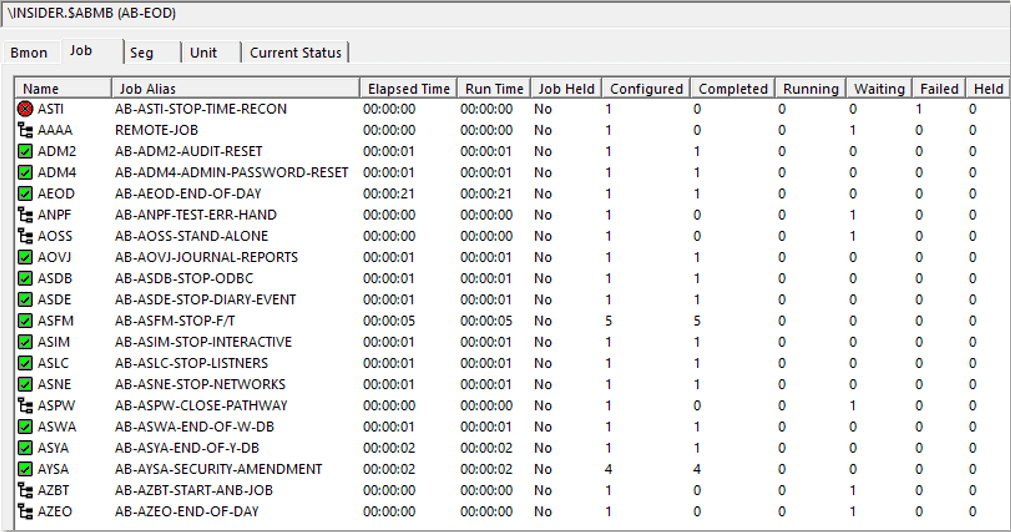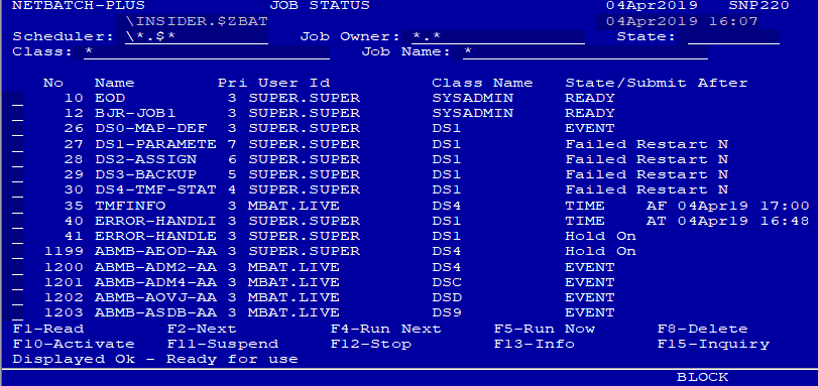Lots! However, nothing about HPE NonStop batch schedulers, especially MultiBatch, the mainframe-class NonStop Batch Scheduler.
So, let me resolve this oversight (depending on your perception of Wikipedia)…

As an example, some examples of the benefits that our UK Central Bank and OFI customers have when using MultiBatch:
- Run RTGS applications
- Reduce NonStop online-dealing batch run times by 6 hours per day (source available)
- Manage and process securities settlements
- Manage and monitor Atlas/GBS applications
- Meet or exceed SLAs for NonStop site-swaps
- Fast batch and application recovery following a site-swap
- Fast and reliable NonStop system coldloads
- Run Guardian and OSS jobs within the same schedule
- Execute OSS jobs, incorporating STDIN, STDOUT, STDERR (no TACL scripts, or work around required)
For nearly 30 years, our customers have depended on MultiBatch to help improve their SLAs and batch scheduling run times.
All of our customers configure complex and serious, mainframe-class batch schedules, requiring the reliability, flexibility and ease of use to ensure schedules are easily maintained, configured and monitored.
First-class support and development are provided by Insider Technologies to ensure MultiBatch is continually enhanced and maintained, which has resulted in version 9.5 just being release, including an enhanced GUI.
Some of the new features within MultiBatch 9.5 include (based on in-house enhancements or customer requests):
- CRON scheduling
- Historical trend view of batch schedule(s)
- Simple two-step approach to recover a batch schedule, e.g. during a site-swap:
- Batch Recovery file is audited
- Recover the batch on new ‘live’ node, in the process modifying node, volume and subvolume values to replicate this ‘live’ node
- During recovery, Instant update on status of schedule at point of failure
- Now you know where your application is up to
MultiBatch arrives with TACL, Pathway and GUI interfaces, of which this article will concentrate on the GUI and some of the benefits this brings.
GUI
All batch and scheduling configurations are available via a single interface, easily navigable around the various screens and real-time status monitor entities.

Some of the facilities the above screen provides:
- Runtime values
- CAID (user ID the job will run as)
- Defines
- Assigns
- Params
NO JCL MAINTANANCE
MultiBatch does not require lengthy and expensive JCL (NBEXEC / TACL) maintenance, as all scheduling, dependencies, run time options are configured via the GUI. So, inexperienced users can easily maintain the batch schedule, as long as their access rights have been setup accordingly.
Compared to the above, having to maintain your very complex batch schedules via JCL scripts can be very risky and prone to user error, e.g. maintenance of JCl, associated attachment-sets:

SECURITY
Within the GUI, you can see that Guardian user id ‘MBTEST.CONFIG’ is logged on. Other batch schedules generally require, super.super logon to perform maintenance.
MultiBatch arrives with an inbuilt security set, providing various levels of access, e.g. MBAT.OPS user for just viewing the configuration and status monitor screens, whereas MBAT.CONFIG user is utilised to maintain the batch schedules (either one, more, or all).
CAID
A user can either run all of their MultiBatch jobs under the owner of the batch monitor process (BMON), or if required, specific jobs can run under certain user ids, e.g. during a MultiBatch system coldload schedule, some Pathways may run as APPL.MANAGER, whereas starting TMF will run as

MIGRATOR
Our customers utilise a control node to maintain their MultiBatch schedules ready for testing, trialling and if successful, migrating to production.
Alternative NonStop batch schedulers require some form of TACL maintenance to copy across schedules from one node to another.
MultiBatch simply extracts a batch schedule from one environment and inserts it into a target environment; no TACL changes, amendments required.
All completed, simply and effectively and in the process, dynamically changing node name, volumes, subvolumes, parameters, defines, assigns, OSS file-descriptors and environment variables.
REAL-TIME STATUS MONITORING
Within the GUI interface, a user, say on the Bridge area, can visually check where the batch schedule is up to. This is extremely important in large, complex batch schedules such as that run for RTGS, Atlas/GBS, and securities settlements.

Any failures are immediately migrated to the top of the status monitor display, from where a user can interrogate the cause of failure and with appropriate access rights, execute various command and control functions, such as restart, hold, mark as complete.
The MultiBatch GUI provides a more in depth and real-time approach to the batch status, compared to other batch schedulers:

Of course, the reliance on real-time status monitoring facilities is not enough; therefore, MultiBatch is supplied with an extensive list of fully tokenised EMS events that can be monitored via ViewPoint, EMSDIST, and Insider Technologies system monitoring products such as Reflex, Sentra, with associated escalation and resolution as required.
If you would like further information on how MultiBatch can provide your entire mainframe-class batch scheduling requirements, please contact Insider Technologies Limited:
hello@insidertech.co.uk
+44 161 876 6606
Download our MultiBatch White Paper to obtain an in-depth description on how MultiBatch is the class leader in NonStop batch scheduling.

Be the first to comment